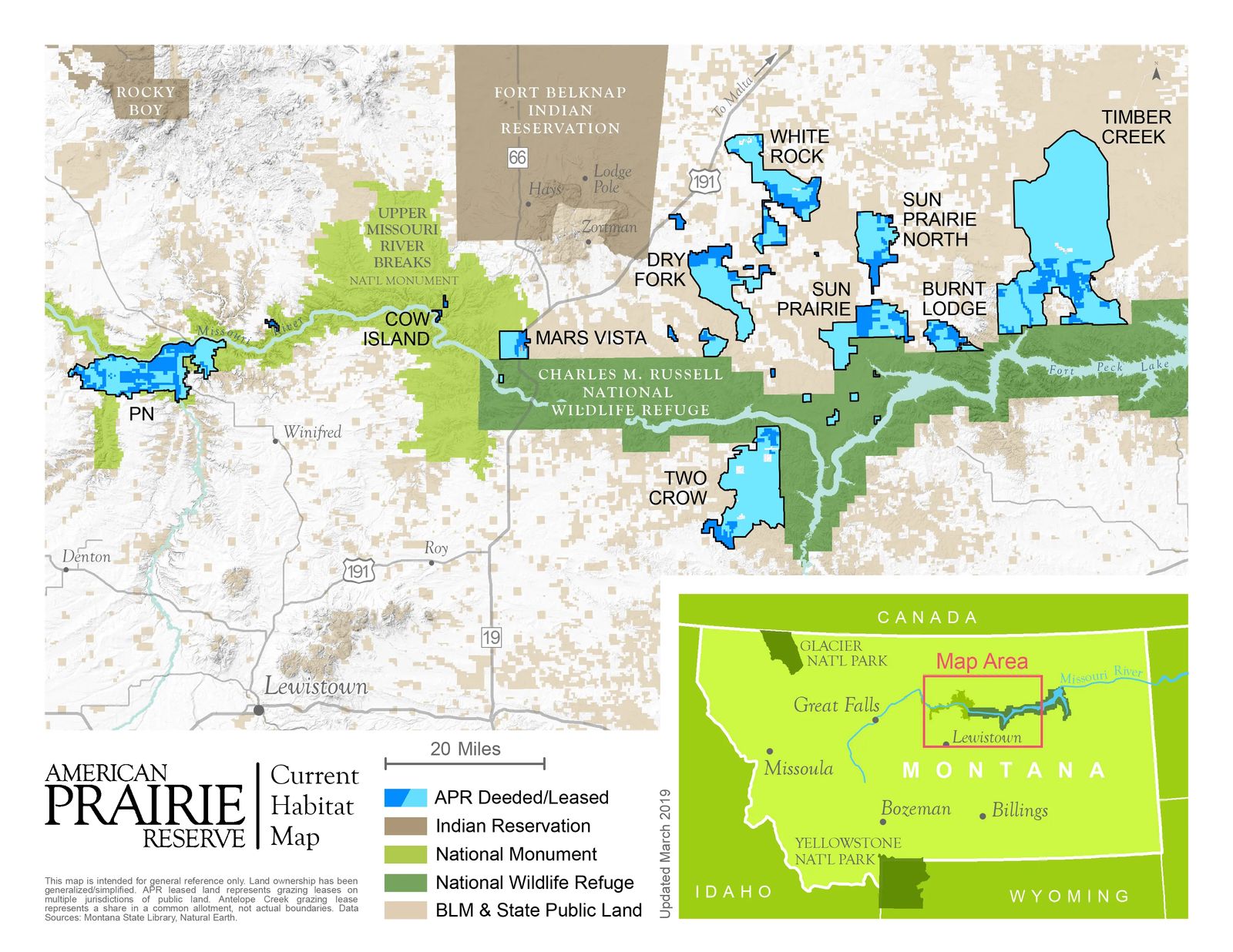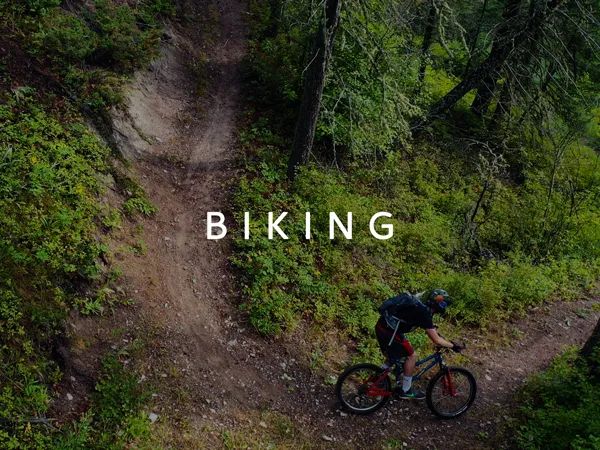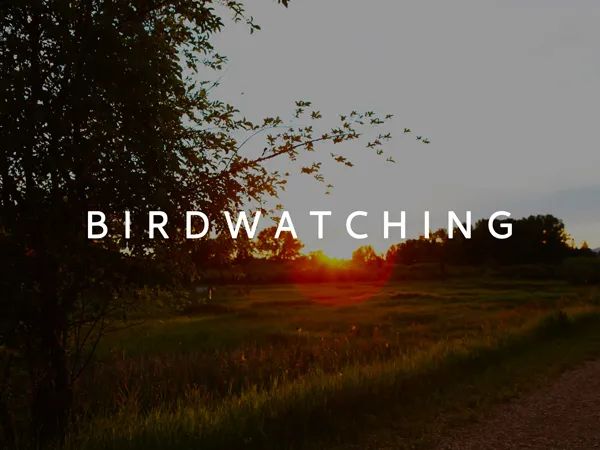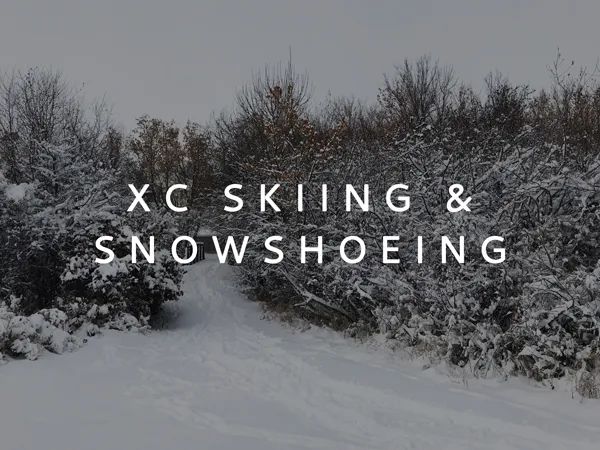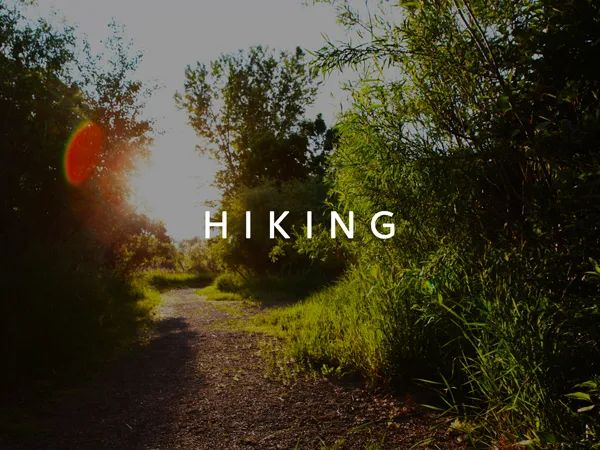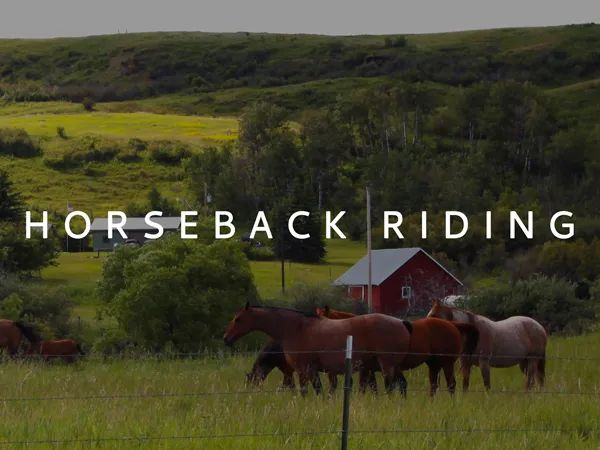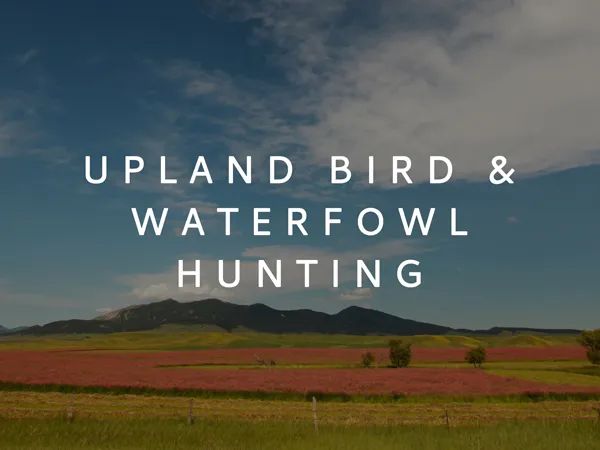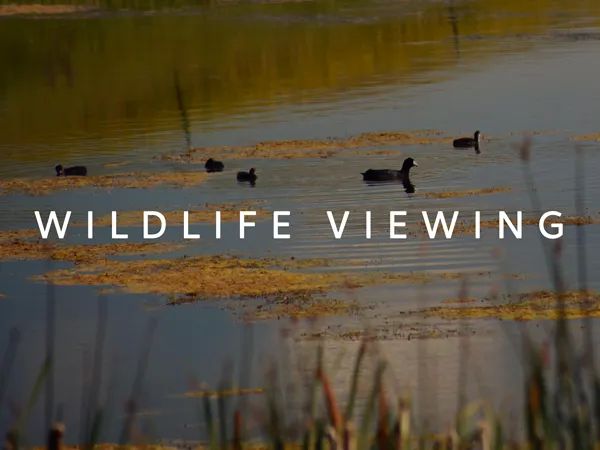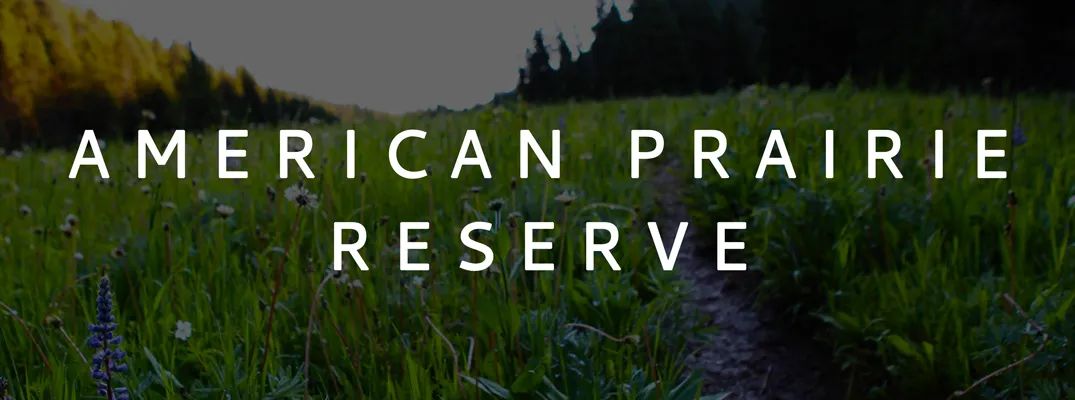
American Prairie Reserve
American Prairie Reserve (APR) is a freestanding Montana-based nonprofit that started to assemble land in 2004. The main focus is to purchase and permanently hold title to private lands that glue together a vast mosaic of existing public lands so that the region is managed thoughtfully and collaboratively with state and federal agencies for wildlife conservation and public access.
The APR is located on the legendary high plains surrounding the Missouri River in northeastern Montana. It interfaces with the Upper Missouri River Breaks National Monument, the Charles M Russell National Wildlife Refuge, and BLM and State Public Land.
Amenities
- Depends on the area
Primary Activities
Camping
The APR has a variety of accommodations, including huts/yurts, cabins, RV sites, safari-style lodging, and dispersed camping. More information can be found at AmericanPrairie.org.
Cost: Depends on accommodation.
Hiking
A 1-mile interpretive trail loop, which includes opportunities for geocaching, begins at a trailhead in Buffalo Camp. Walkers are also encouraged to travel cross-country, following game trails or venturing wherever your senses take you.
The 5.8-mile (one-way) Box Elder Crossing offers a diversity of terrain and sweeping views, and those looking for a longer adventure should consider the 12-mile Ridge Road that runs along the border between the Reserve and the C.M. Russell National Wildlife Refuge. Remember that this is a remote area and you'll need to pack enough water for your walks, hikes, and rides.
More information can be found at AmericanPrairie.org.
Biking
An ideal way to explore American Prairie Reserve is by bicycle. The PN and Sun Prairie units have numerous dirt roads and two-track trails to ride. Visitors with young children can enjoy the traffic-free riding, while experienced cyclists and bike tourers can design multi-day trips to include the adjacent Charles M. Russell Wildlife Refuge. Moving in relative silence, riders can expect to see more wildlife and birds than from a vehicle.
Mountain bikes are the best choice for the terrain, as obstacles include steep hills, ruts and soft sand. Riders also are encouraged to bring spare tubes or patch kits, repair kits, and first aid supplies.
Wildlife Viewing
American Prairie Reserve offers a rich environment for viewing wildlife in their native habitats.
Watch distinctive prairie dog behavior in the many colonies or “towns” throughout the Reserve. Keep an eye out for deer, elk and pronghorn as you travel across the landscape with hawks and eagles overhead. Some regions, like Burnt Lodge, are also home to animals like bighorn sheep and bobcats.
The animals you see during your visit depend on many factors, including your location, the time of year, and the time of day. Animals are most active in the mornings and late afternoons when the temperature is cool.
Birdwatching
American Prairie Reserve is home to an extraordinary diversity of grassland birds. These include:
- Birds of prey
- Upland game birds
- Waterfowl
- Shorebirds and wading birds
- Perching birds, Kingfishers, and Woodpeckers
For more information on each type of bird and to download an APR Birding Checklist, visit AmericanPrairie.org.
Cross-Country Skiing & Snowshoeing
The APR trails and open spaces are great for cross-country skiing and snowshoeing in the winter.
Horseback Riding
You are welcome to bring horses to the Reserve for trail riding and cross country travel.
For a base camp on Reserve lands, we recommend staying at Buffalo Camp. Bring your own fencing or panels instead of high-lining because the bison herd travels through this region. There is non-potable water available at the campground but no water troughs. Grazing can be limited depending on the time of year so plan to bring hay that is certified weed-free. Buffalo Camp is open year-round and a list of features is available on the campground page. For more information visit AmericanPrairie.org.
Big Game Hunting
APR deeded land is available for Mule and White-Tailed Deer hunting (archery only, except for a limited period of youth rifle hunting). Reservations are required to hunt on deeded land; call 877-273-1123 between 9 am and noon. In addition, the public may cross APR private land to access public lands. For more information visit AmericanPrairie.org.
Upland Bird & Waterfowl Hunting
APR deeded land is available for hunting:
- Sharp-Tailed Grouse/Partridge
- Pheasant
- Mourning Dove
- Ducks and Coots
- Geese
- Turkey
Non-toxic shot must be used. Reservations are required to hunt on deeded land; call 877-273-1123 between 9 am and noon. In addition, the public may cross APR private land to access public lands. For more information visit AmericanPrairie.org.
How to Get There
- Travel north on Highway 191 out of Lewistown.
- After approximately 40 miles the road will reach a T-intersection at “Bohemian Corner.” (There will be a gas station on your left). Turn left.
- Follow Highway 191 north through the Charles M. Russell National Wildlife Refuge. Roughly 21 miles after crossing the Missouri River you will come to DY Junction (at mile marker 109), which you will know by signs on your left to the town of Zortman. Turn right onto gravel road.
- The road will immediately fork past a sign exhibit. Bear left onto Dry Fork Road.
- Follow Dry Fork Road for 26 miles to a T-intersection (there will be several trailers and a white building in front of you). Turn left.
- After 3.5 miles the road forks. Bear right.
- Continue for 12.7 miles to the next T-intersection.
- To your left will be a road to the Sun Prairie North unit. Turn right.
- Follow signs for American Prairie Reserve’s Buffalo Camp. The Enrico Education and Science Center is about a mile past the campground.
